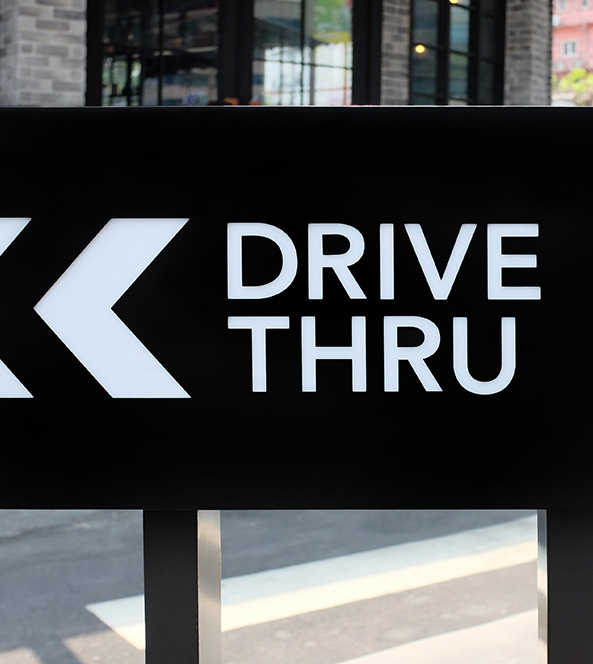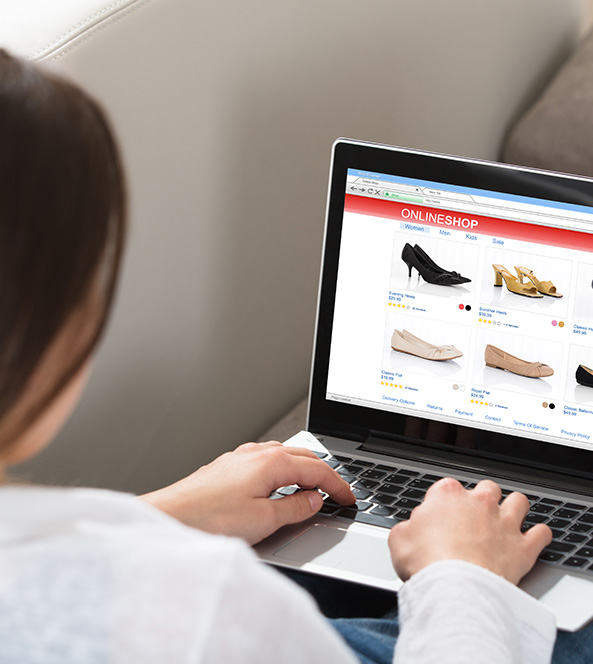When Convenience Becomes Inconvenient, How Do You Adjust?
- 09.19.19
- 5 Min Read
Since the beginning of time, people have searched for ways to make life easier and more convenient. As technology and American culture have evolved, so has our perception of what defines convenience. Looking back at the way we have enhanced day-to-day activities like grocery shopping, for example, reveals a cyclical pattern of what defines convenience and gives us a glimpse of what the future of consumer convenience may hold.
At old-style grocery stores, customers gave a grocery list to a clerk who gathered the items into a bag for the customer. Consumers had to make many trips to a variety of specialty stores and rely on a milkman to get all the food they needed. This process changed when the first modern supermarket opened in 1916, offering a wider variety of products in one place and allowing consumers to walk throughout the store and do their own shopping. The convenience of the modern supermarket meant consumers could go to one store instead of making multiple stops. And once refrigerators and automobiles were introduced, the convenience of making the trip to the supermarket grew and the need for a milkman and other delivery services diminished.
The concept of convenience as it relates to grocery shopping is continuing to evolve, but in ways that we may recognize from the past. Many grocery stores now offer services that allow consumers to order groceries online. A store clerk collects the items for the consumer, closely mirroring the old-style grocery store method. These services also allow for groceries to be delivered directly to the consumer’s home, much like the milkman used to deliver dairy products. The idea of grocery delivery isn’t a new idea, but an old technique reimagined for modern society’s notion of convenience. This repeat in history begs the question of what’s next. When will modern conveniences yet again become inconvenient?
THE FUTURE OF CONVENIENCE AND HOW TO PREPARE FOR IT
The lives of consumers are becoming increasingly busy and chaotic. The nature of convenience is becoming more immediate and less preplanned. Waiting two days for an online order to be delivered or planning ahead for a week’s worth of groceries is becoming increasingly inconvenient. Consumers are shifting their purchasing to offline methods that can satisfy their needs more immediately. This shift is strikingly similar to the shift we saw to more independent shopping with the introduction of the supermarket in 1916.
Recent changes in consumers’ expectations of convenience have broad implications for brick and mortar stores within all industries as the need for immediacy begins to shift their purchasing from online to offline. Keeping a close eye on consumer convenience is crucial in order to stay relevant and be able to satisfy the consumer of tomorrow. Here are a few optimizations brick and mortar stores can make to leverage emerging consumer convenience trends that are bringing consumers back into the store.

When a customer is in the store, they are looking for specific items and are expecting a quick experience. Ensure that the in-store experience is streamlined and designed to enhance speed.
- Add entrances and checkout counters throughout the store to allow customers to enter and exit swiftly.
- Implement a variety of payment methods, such as express checkout and self-checkout, to ensure a fast payment process.

Analyze sales data and identify products that are purchased most often or commonly purchased together. Strategically place those products to enhance convenience and foster upselling.
- Place these products near the front of the store.
- Use wayfinding techniques to lead people to commonly purchased products or common seasonal needs.
- Consider utilizing a drive-thru window to offer your most purchased products in an even more convenient way.

Although shopping is moving back into the store, online touchpoints can’t be ignored. Ensure you’re advertising online to meet consumers where they’re at.
- Utilize data-driven, personalized messaging to ensure you are bringing relevant content to the correct audience.
- Leverage consumer purchase data to highlight products a customer may need to purchase again or other similar products you offer that the consumer would likely need.
- Use concise messaging that quickly gets the point across.
- Understand your markets and customize your messages to satisfy the needs of each market.






